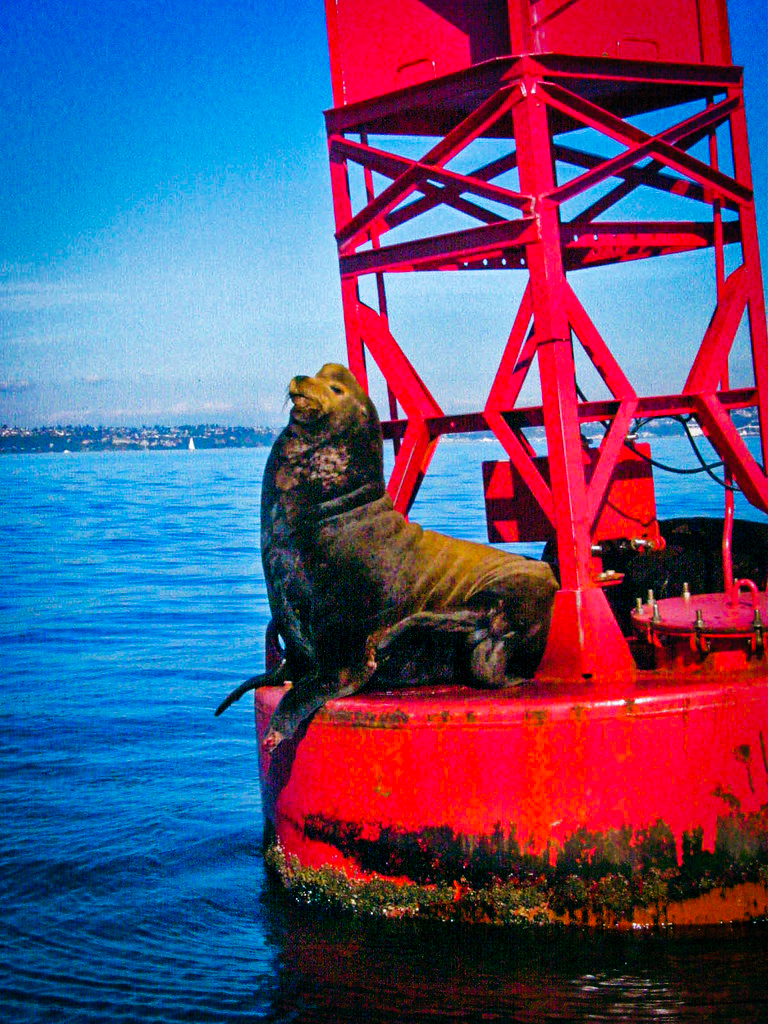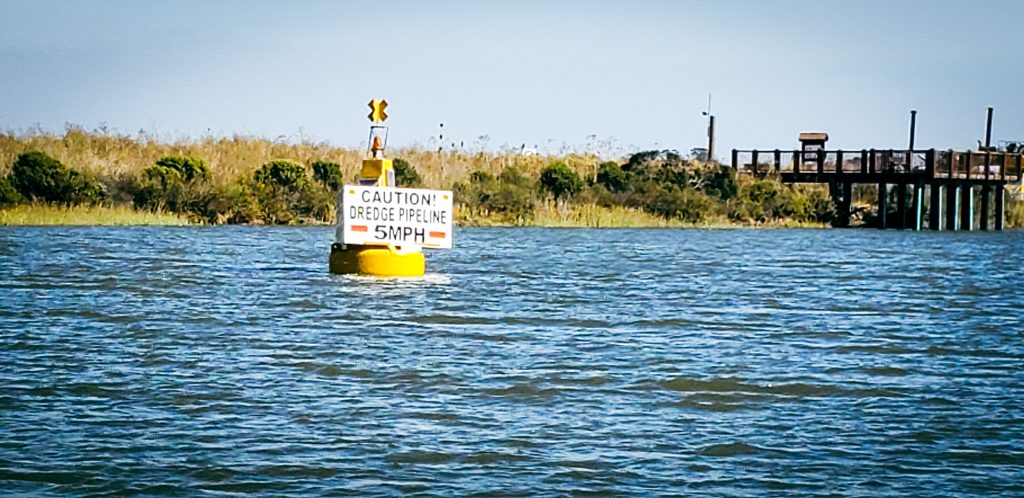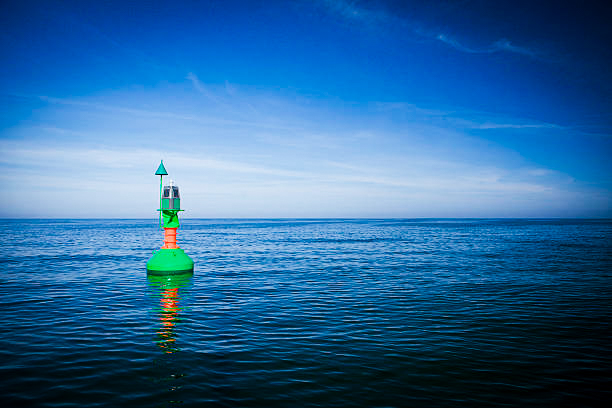Recently I was taking a hearing test and the audiologist instructed me to put the earphone marked with red over my right ear. “Red right returning,” she said, “though I don’t know what that means.” As a mariner and sailor, I do. It is a helpful memory device for staying within a safe channel. Keep the markers painted red to your right as you return from sea.
 But why red? Why not blue or beige? What is this about nuns and spars? Sparring nuns? Like so much about the sea, there is a history both colorful and quaint.
But why red? Why not blue or beige? What is this about nuns and spars? Sparring nuns? Like so much about the sea, there is a history both colorful and quaint.
Sailors get lost. Offshore the ocean is a vast gray zone. Sailors get lost and don’t like it. When they do arrive at port, it might be their first time there or they might not know, precisely, what part of the globe they landed upon. Navigation markers were set up to help bring the ships home. Exact dates for the first marker—likely an anchored raft made of wood—is unclear but records exist of buoys in 1295 to guide sailors into Seville, Spain. Within a few decades there are detailed records of buoys around Amsterdam and the Zuider Zee.
Very early buoys were likely baulks of wood anchored with a stone. Later, casks were used. Henry VIII, he of many wives, formed a royal charter to manage navigational aids in English waters. Dutch and German authorities replaced casks with tapered wooden buoys. In America the colonies used casks and spars, the later being a timber pole driven into a riverbed or harbor floor. Mention is made of Delaware River buoys as early as 1760.

Gas lights were installed, and then electric lamps. Bell buoys were created, which used clappers struck by the action of a wave. They recognized that shape was also important and required red buoys to be conical in shape. Someone thought they looked like a nun’s habit and that the black, squared off buoy was a can. It was recognized that black shapes are hard to see at night and this gave way to green cans. Anchor buoys are white with a blue stripe and round in shape. Navigation markers tend to bear diamond shapes, or squares, plus have letters and other ID marks.
Fishermen, being independent and cranky by nature, are not standardized. The floats and markers for fishing gear can be any color under the sun. Orange is common, but then in some places so is vermillion and pink.
Confused yet? It can be daunting. So remember the important thing: red right returning. Keep the nun to your right and come home soon.

